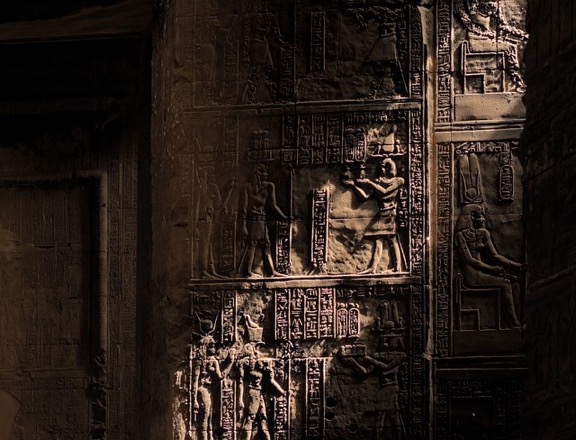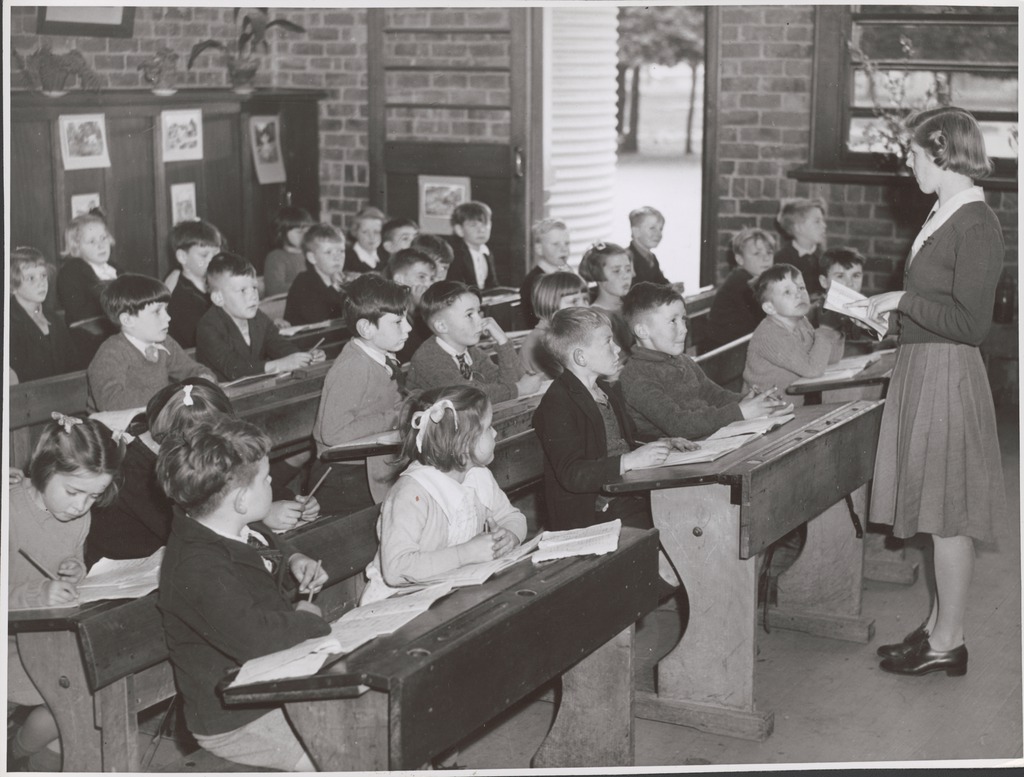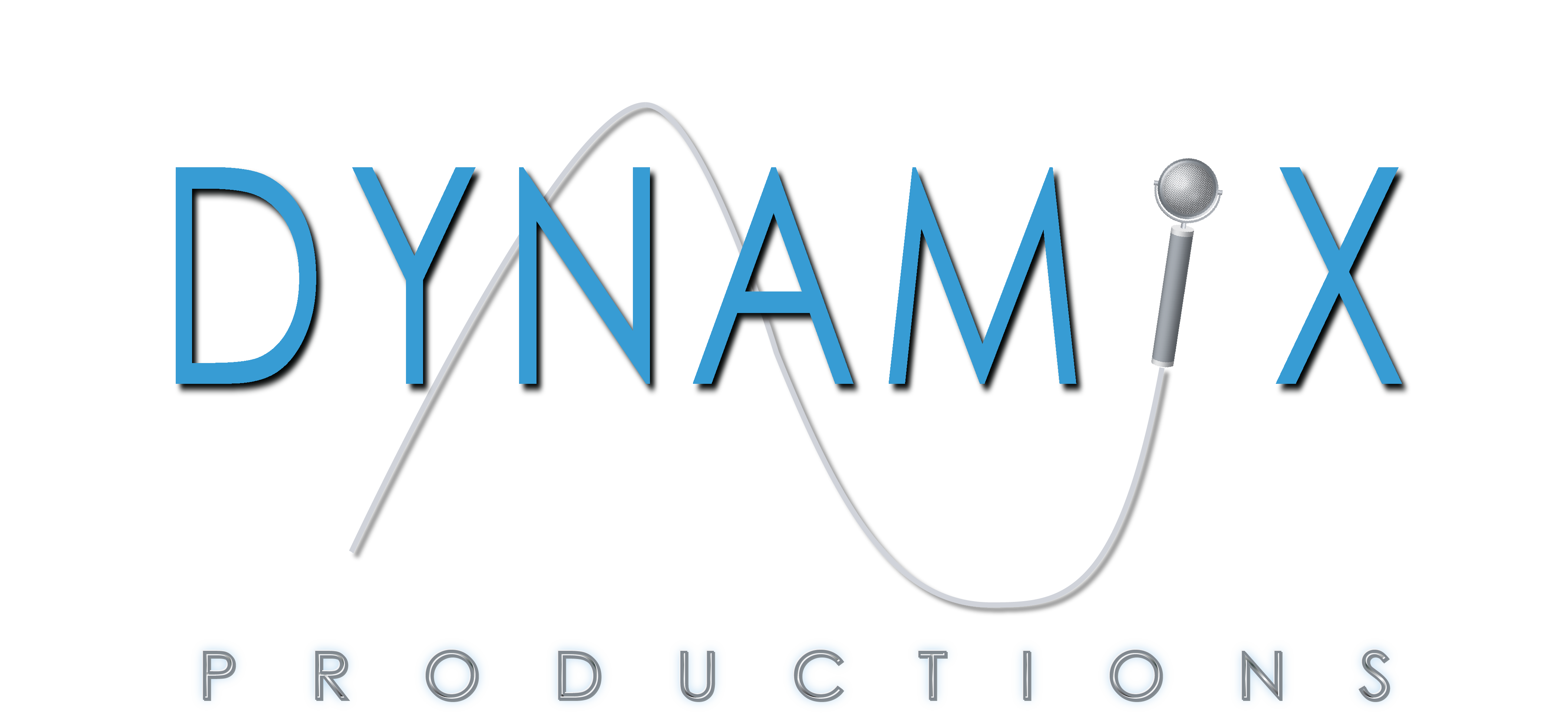
In 1745 among the watery canals of Venice, Italy, a small chapel was razed to make room for a dormitory wing of the Ospedale della Pietà orphanage. For several decades, this chapel employed one of Western music's most famous composers to teach music to hand-picked girls from the orphanage. Attending one of their exceptional choir and orchestra performances was a must, especially to Venice's elite. A larger church was constructed beside the dormitory and tailored especially for choral performances made famous by this composer. The acoustics of architect Giorgio Massari's plans were carefully scrutinized by mathematicians. The performing space would resemble a large oval, would be very theatrical, and have areas for singers. Massari even included a three-sided atrium to buffer noise from the streets and canal. Unfortunately the composer never got to see it built, because he died a handful of years before construction began. Today, the Santa Maria della Visitazione church, or simply "La Pietà" is known as "Vivaldi's Church".
Antonio Vivaldi (1678-1741) was a prolific baroque composer. He was contemporaneous with Bach, Telemann, Handel, and Scarlatti. Baroque music was complex, excessively ornamental, and required performance spaces that were not too reverberant so that the nuances of the music could be heard. The baroque period (1600-1750) was coming to an end when La Pietà was built, but lessons learned influenced music spaces for centuries.
When we step into an empty baroque-era church today, the enormous ceiling and cavernous space creates a reverberation time that is measured in seconds upon seconds. It makes one wonder how the music could have been heard and appreciated at the time. That's where researcher and New York University doctoral student Braxton Boren stepped in.
Boren recorded a typical baroque choir in an anechoic chamber. which is a specially constructed room used for testing that eliminates all sound reflections. The result is a recording of only the source sound minus natural room reflections that usually add character. Boren then used software that emulated sound reverberations based on the dimensions and surface materials of the Church of the Most Holy Redeemer in Venice, which was constructed in 1592 at the beginning of the baroque period. When compared to a control recording made in that empty church, his simulation was dead accurate, but the reverberation time was 7 seconds.
Then, to simulate how the space might have sounded in 1592, Boren began to add sound absorbing variables into the software such as an audience and wall tapestries. This reduced the reverberation time down to 3 seconds, which is very acceptable.
You can listen to these samples here from Scientific American. Acoustic archaeologists researching performance spaces, like Professor Deborah Howard (St. John's College Cambridge) and Dr. Laura Moretti (University of St. Andrews), performed numerous experiments and gathered meticulous data about several Renaissance-era (about 1300 to 1600) churches in Venice. They employed Braxton Boren in their study when modern-day recordings in these churches had such long reverb times, that the eight or more polyphonic voicings of the music couldn't be heard. After inputting architectural data of each church into the software, compensating for audience and adornments typically found in the churches at that time, they are now able to re-create the acoustic environments. Understanding how these spaces were constructed and used will help architects and restoration experts match acoustic environments from other time periods.
The research team used very controlled and refined techniques to capture extremely detailed data on Renaissance and Baroque churches. But in the audio production world, we have been using a much quicker technology to simulate actual spaces and environments for some time. Convolution reverb mimics actual spaces very accurately by incorporating into the software reverberation characteristics based on a recorded impulse, such as a starter gun, snare drum hit, or frequency sweep. Once this short audio sample is imported into the reverb program, attack, length, room size, and many other parameters can be adjusted to your liking.
My convolution reverb function in my editing software (Steinberg Nuendo) includes common spaces like arenas, churches from different time periods, and stages. Some of the more interesting ones are a locker room, machine room, telephone booth, bus, car, and a crypt. I've even recorded my own and applied the reverb to match location recordings. My dream impulse? To personally record an impulse in all the churches in Venice.
Tags: History, acoustics, Reverb, baroque, Recording




